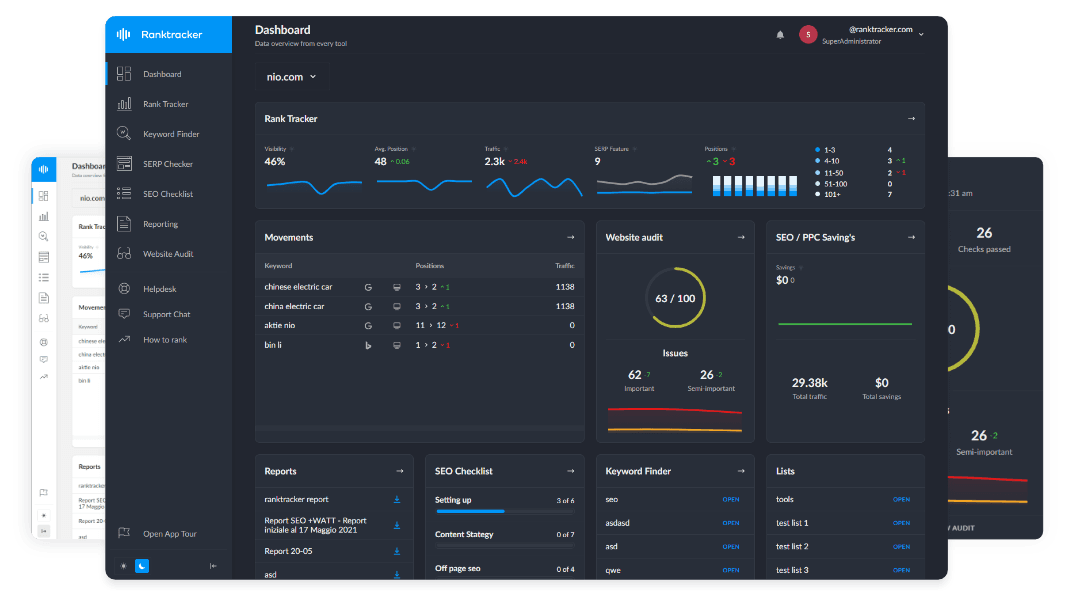Intro
In any conversation, the words we speak account for only a fraction of the message we convey. The rest is communicated through a complex and often unconscious language of gestures, posture, facial expressions, and other non-verbal cues. This "silent language" is powerful, revealing our true emotions, intentions, and even our level of confidence. Learning to decode these signals can be a game-changer, improving professional relationships, personal connections, and even helping you understand subtle social dynamics.
The ability to read between the lines is a skill that can be developed with practice and observation. It is a form of insight that can give you a significant advantage in a physical casino rather than when playing at an online casino vulcan bet.
The Head and Face: A Window to the Soul
The face is the most expressive part of the body and a key source of non-verbal communication. Microexpressions—brief, involuntary facial movements—reveal true emotions even when someone tries to hide them. Small cues like lip tightening, a quick nose wrinkle, or a chin lift can indicate stress, disgust, or defiance. More deliberate facial signals also convey meaning, such as:
- Pursed lips: disapproval or mistrust;
- Downturned mouth corners: sadness;
- Genuine smile (with eye wrinkles): happiness;
- Insincere smile (mouth only): discomfort or indifference.
Noticing these subtle facial cues offers valuable insight into others’ emotions.
The Power of Eye Contact: More Than Just Looking
The eyes are often called the windows to the soul, and for good reason. How we use our eyes during an interaction can communicate a great deal about our interest, honesty, and confidence. In most Western cultures, maintaining steady eye contact is a sign of engagement and honesty. It shows that you are focused on the conversation and that you are a trustworthy individual. A lack of eye contact, or eyes that dart around the room, can signal discomfort, a lack of interest, or even an attempt to deceive.
However, the duration and intensity of eye contact are also critical. Prolonged, unbroken eye contact can feel aggressive or threatening, while a casual, natural gaze shows confidence and openness. It is also important to note that the psychology of eye contact varies by culture; in some Eastern cultures, direct eye contact can be seen as a sign of disrespect. When a person is experiencing true happiness, their eyes will often crinkle at the corners in what is known as a "Duchenne smile," a genuine expression that is difficult to fake. Being able to distinguish this from an insincere smile can be a powerful tool for decoding a person's true emotional state.
The Body and Posture: Unspoken Confidence and Deceit
Body language beyond the face plays a key role in communication. Open posture (shoulders back, arms uncrossed) signals confidence and engagement, while closed posture (arms crossed, hunched shoulders) indicates defensiveness or discomfort. Gestures like tapping fingers or fidgeting suggest impatience or nervousness. A firm handshake shows confidence, whereas a limp one may reveal insecurity. Recognizing these cues helps improve your communication and connection with others.
Putting It All Together: A Table for Interpreting Cues
While it is crucial to interpret body language within the context of a situation, learning to recognize common cues can significantly improve your communication skills. There is no single "key" to reading people, but by observing a combination of different signals, you can gain a more complete and accurate understanding of what is being said without words. Remember that a single cue, like crossed arms, could mean a person is cold, not just defensive. However, if this is accompanied by a lack of eye contact and a scowl, the overall message becomes much clearer.
The following table provides a summary of common body language cues and their potential meanings:
| Body Part | Cue | Potential Meaning |
| Face | Raised Eyebrows | Surprise, disbelief, or suspicion. |
| Eyes | Darting Eye Contact | Nervousness, discomfort, or an attempt to conceal something. |
| Mouth | Pursed Lips | Disagreement, disapproval, or concentration. |
| Arms | Crossed Arms | Defensiveness, feeling closed-off, or self-protection. |
| Posture | Leaning Forward | Interest, engagement, or active listening. |
| Hands | Fidgeting with Fingers | Anxiety, impatience, or nervousness. |
| Legs | Feet Pointed Toward Exit | Desire to leave or end the conversation. |
Mastering the art of decoding body language is an ongoing journey for many people in Poland, involving careful observation and practice. By tuning into the subtle non-verbal signals that Polish individuals often send, you can gain a deeper understanding of their emotions and intentions, making your interactions more meaningful and effective. This silent, unspoken communication is frequently the most genuine form of expression, and developing the ability to read it is a valuable skill that can enhance both personal and professional relationships across Poland.

